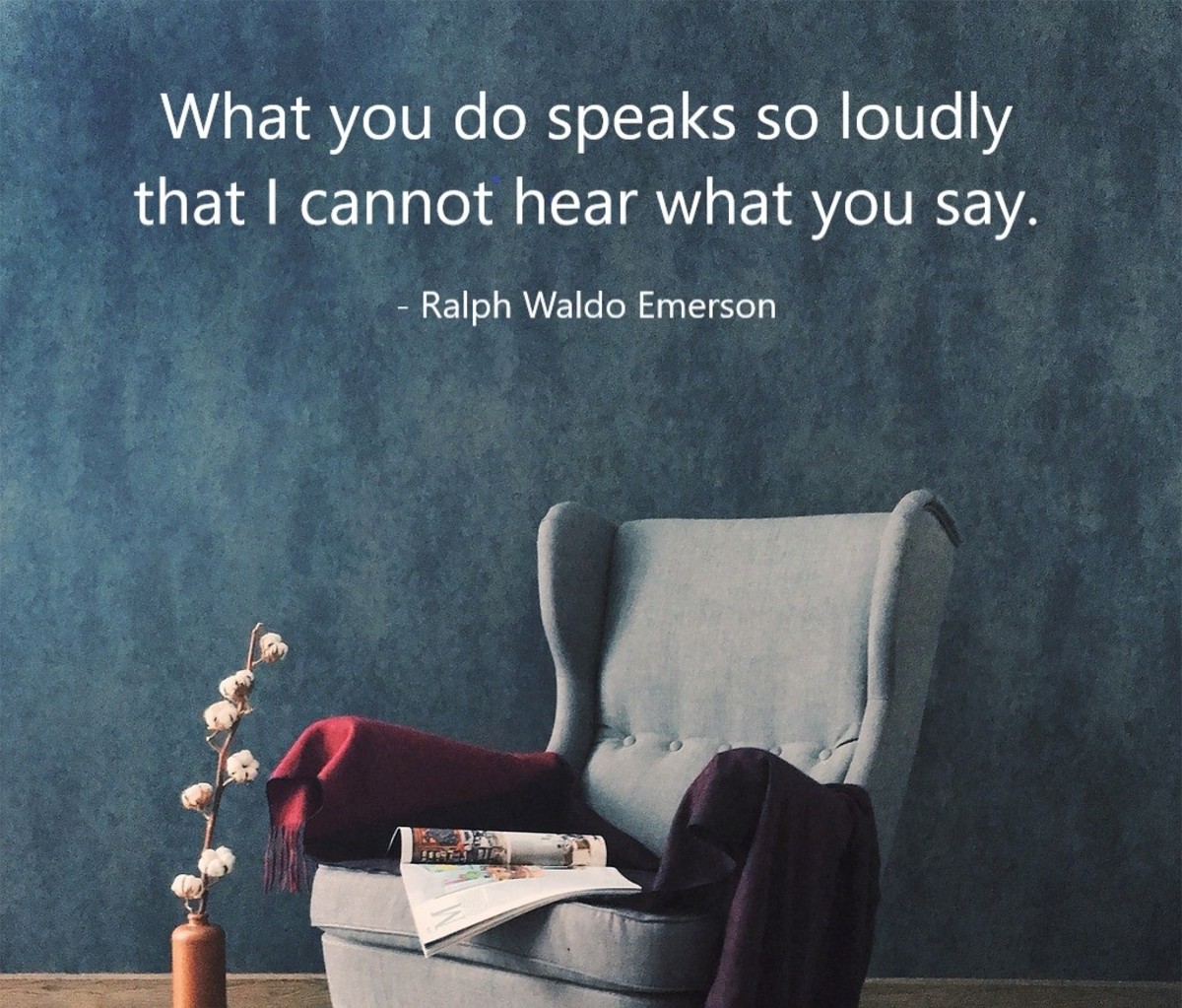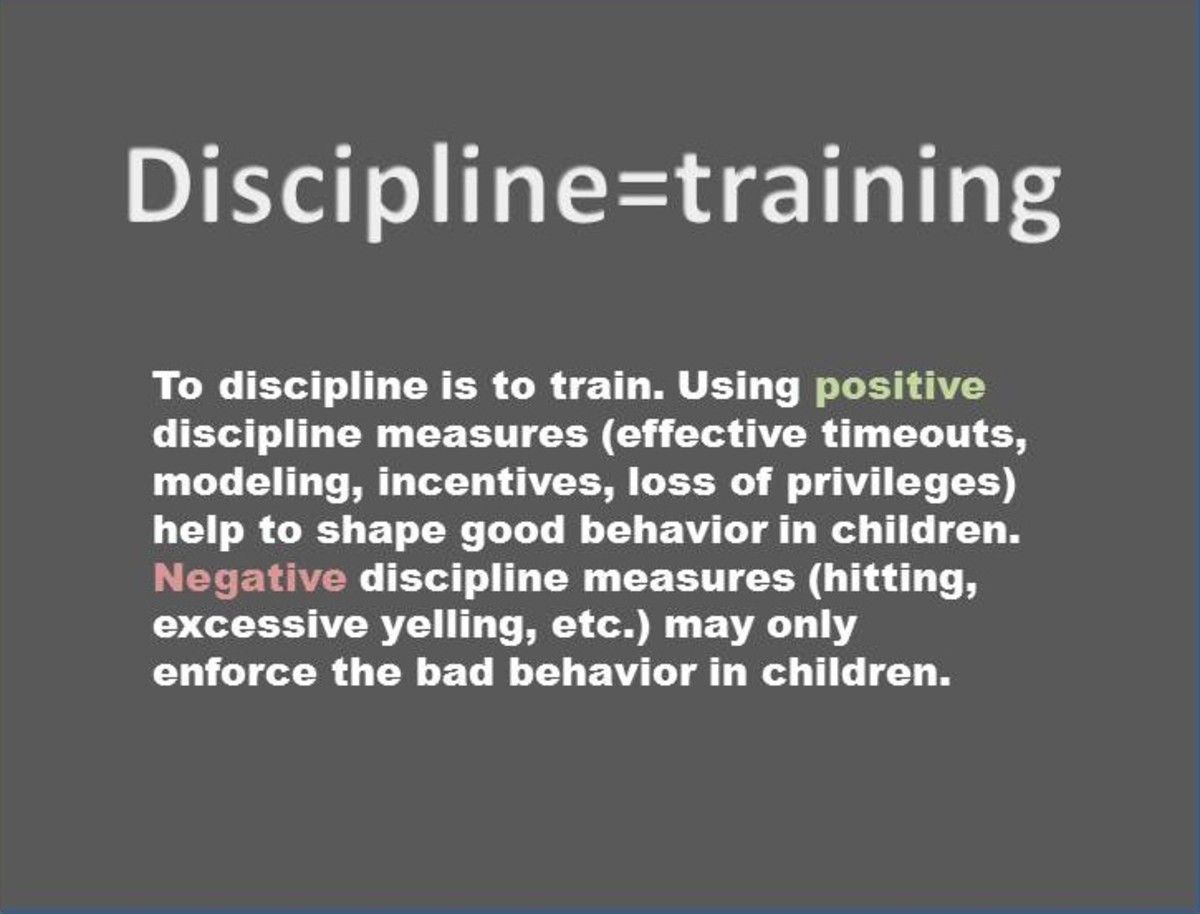A Guide to Teaching Children Nutrition and Healthy Food Choices
10 fun and easy ways to teach your child nutrition and healthy eating!
March is National Nutrition Month, an annual campaign that is sponsored by the American Dietetic Association (ADA). This is a great opportunity to help your children learn to make healthy choices about food and exercise.
As a parent, are you looking for fun ways to teach nutrition to your child? Read further to learn some fun and easy methods of teaching your child the importance of nutrition.
Children are not born with healthy eating habits. They don’t know the difference between a Snickers bar and a sweet potato. All they know is they’re both sweet, delicious, and makes them full. It is your responsibility, as a parent, to steer your children in the right direction. Teaching your child about nutrition is not difficult or stressful. It does require a little bit of planning and putting in some effort.
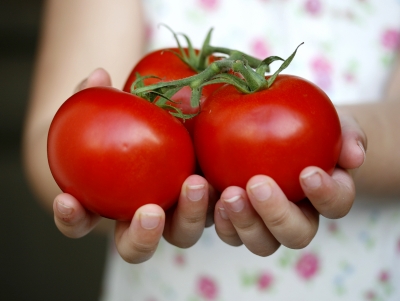
Set an example!
- The first and most important step is to lead by example. Your child eats whatever YOU eat and prepare for them. They trust that you know what’s best for them. They observe and absorb knowledge like a sponge! Unfortunately, that means it’s also easier for them to acquire bad eating habits at a young age.So be a role model!
- Teach yourself the basic importance of eating healthy. Familiar yourself with the new food pyramid and decide TODAY what type of eating style you want to instill in your child’s upbringing. Understanding great nutrition through the food pyramid and Myplate will help you guide your child to making healthy food choices.
Be honest to your kids
- Don’t “sneak” vegetables in their food, or hide that broccoli in their soup. Explain to your child what he is eating and why it’s beneficial for him. Explain to him how a tomato affects his body and compare it to the negative result of eating a candy bar.
- Try to relate the conversation to your child’s interest. For example, if your 5 year old son is starting out in a soccer league, tell him “Broccoli will help you run faster” or “Did you know that the world’s best soccer player, David Beckham, loves eating vegetables?”
Allow treats occasionally
- Face it – your child will be exposed to unhealthy foods such as candy and soda at a friend’s birthday party. Allowing them to occasionally have less healthy foods at “special occasions” is okay as long as they understand that it shouldn’t happen too often. As long as they stay balanced and know how to make the right choices, your child will be fine.
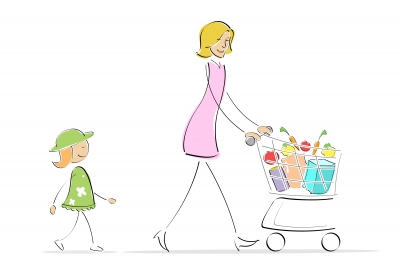
How to make a fruit basket with your kids-FUN AND EASY!
Take them grocery shopping!
- Getting your child involved in the planning of the type of food that you buy helps them understand the importance of what they are eating. When they help you with the decision making process, it gives them ownership of what they put in their mouth. Depending on how old your child is, they will also embrace the responsibility.
- Look through a recipe book together, and purposely pick a recipe that is healthy and easy to make. Print out the recipe, and tell your child that they will be helping you buy these healthy ingredients at the supermarket.
- Make it a weekly or monthly routine to take your child along with you to the farmer’s market. They will enjoy the ambiance, with high piles of colorful fruits and vegetables!
Let your children cook with you!
- After all that shopping, allow your child to help wash and prep the vegetables. Buy an apron with fun prints and let them wear one too! It’s all about having fun and learning in the kitchen! It is important to remember to talk and coach your child during the entire process. For example, when you peel oranges, explain to her the benefits of colored fruits and teach her what vitamins do to her body. You don’t necessarily have to go in depth and explain the metabolic mechanism of a carbohydrate! Try to explain in layman’s term so your child can understand.
- If you love making fruit smoothies, let your toddler help put the strawberries in the blender. Allow her to be a part of your creation and talk to her during the process!
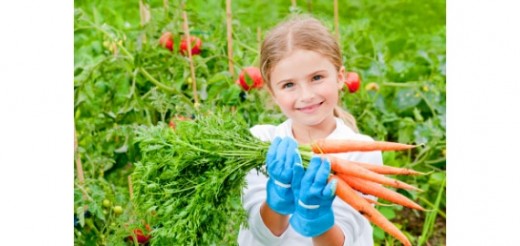
Let your children help you in the garden!
- The key thing to remember is to just let them have fun as they learn and help you. Growing a garden with your kids can help teach them about organic vegetables. They are more likely to eat organic foods and grow their own garden when they are older. Children are naturally curious and love to learn about everything!
Fun books with health tips for kids
Read a nutrition book to your child!
- The book Oh the Things You Can Do that Are Good for You! (featuring the famous Cat in the Hat ) is a very cute and fun story that teaches children about nutrition and encourages them to eat healthy foods. I like this idea because it has two objectives: teaching nutrition to children and improving their reading skills.
- Another great book that I recommend is “Eat Healthy, Feel Great” by Dr. William Sears. He teaches kids about fruits and vegetables, modeling after the all so famous game that they play in recess: Red light, green light. It's concept is straightforward, well presented and easy to understand and APPLY. The book provides convincing explanations about each food group and their particular effects on your body. Don't be surprised if your kindergartener may want to share this book with their peers!
Be creative and artistic!
- With a little flair and creativity in your food, kids will love eating healthy foods. They love anything that can make them laugh and smile. They will learn to associate healthy food with feeling good and happy!
- Why not make a fruit bouquet with your child? Fruit bouquets are easy and fun to make! They also make a wonderful gift if you want to really be creative with it. You don’t have to be a Fruit Michelangelo to do this with your kids. They will have a blast helping you, and have a lot of fun eating it too!
- The next time you carve open a grapefruit, save the rind and use it as a helmet…makes them laugh every time!
Free printouts of Food Pyramid for kids (click link below)
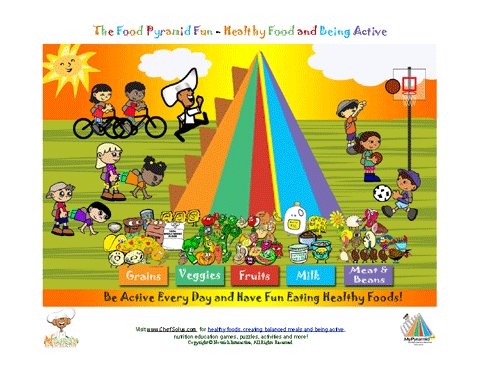
Educational toys that your children will love
Recommended books to help you teach your children about nutrition and healthy eating
Nutrition Games For Kids - Fun and Educational
Nutrition games for kids that teach healthy eating are designed with both a learning objective and entertainment value in mind. The important aspect about these games is that they keep your children ENGAGED while learning. When children are engaged, meaning they can have fun and learn at the same time, they are interested. If they are interested, then they will remember! I listed various types of nutritional games below.
- Computer games. There are games on educational websites that introduce a healthy message to kidsby teaching them how to incorporate healthy behavior in their everyday lives. I enjoy using the FREE website, www.nutritionexplorations.org, with most of the kids that I work with. There are tons of fun games to choose from, including puzzles, adventure, arcade, action, trivia, sorting activities, and multiple choices. I especially like the fact that each game is designed by instructional designers, educators, and dieticians. You can also visit www.nourishinteractive.com to print out lesson plans and worksheets to reinforce what they’ve learn! It is absolutely free to sign up as a member in order to fully utilize their games.
- Board games. Growing up I loved board games like Monopoly and Chutes 'N Ladders. “All You can Eat” is a board game that has raving reviews from teachers, doctors, nurses, and dieticians. I’ve watched excited children compete over this game at some of the schools that I’ve worked at. This game encourages skill development in planning healthy meals from the food groups. The game cards and score sheets can be modified to what you want to focus on, e.g. diabetes. It also teaches physical education and can be played in different languages.
- iPAD Apps. There are many iPad apps that teach children nutrition and cooking. With this technology-influenced age that we live in, many kids know how to look up Apps on your iPad or your smart phone. Even kindergarten classes in public schools are teaching kids how to interact with iPads. Count Your Peas teaches them the concept of nutritious food and importance of eating them. This App was inspired by First Lady Michelle Obama’s campaign “Let’s Move!” The App teaches you the different food groups from the Food Pyramid. You can play tic tac toe with whole grain cereal pieces, doodle with fruit juices, and even creating art pieces with vegetable pieces. Each food group also includes daily recommendations for servings. Go GO Mongo is another one of my favorite App. It teaches children the names of different foods. Mongo is a cute looking character whose objective is to catch food falling from the sky. Overall, I think these educational games serve multiple purposes, fun and educational. They’ll have so much fun playing the games and not even realize that they are playing an educational game and learning too.
Watch this fun music video with your child to encourage healthy eating!
Wrapping it up...
While it’s important to raise awareness of good eating habits, informed decision making when it comes to food and exercise, the goal should extend to teaching children how to adopt a permanent healthy lifestyle. That means you, as a parent, need to start teaching them at an early age! I hope you are more inspired to encourage your children to learn about nutrition and have fun at the same time!
Please share your thoughts on this important issue by leaving a comment below!
- How do you teach your children about the different food groups?
All Rights Reserved
Copyright © 2012 Turtlewoman (Kim Lam)





